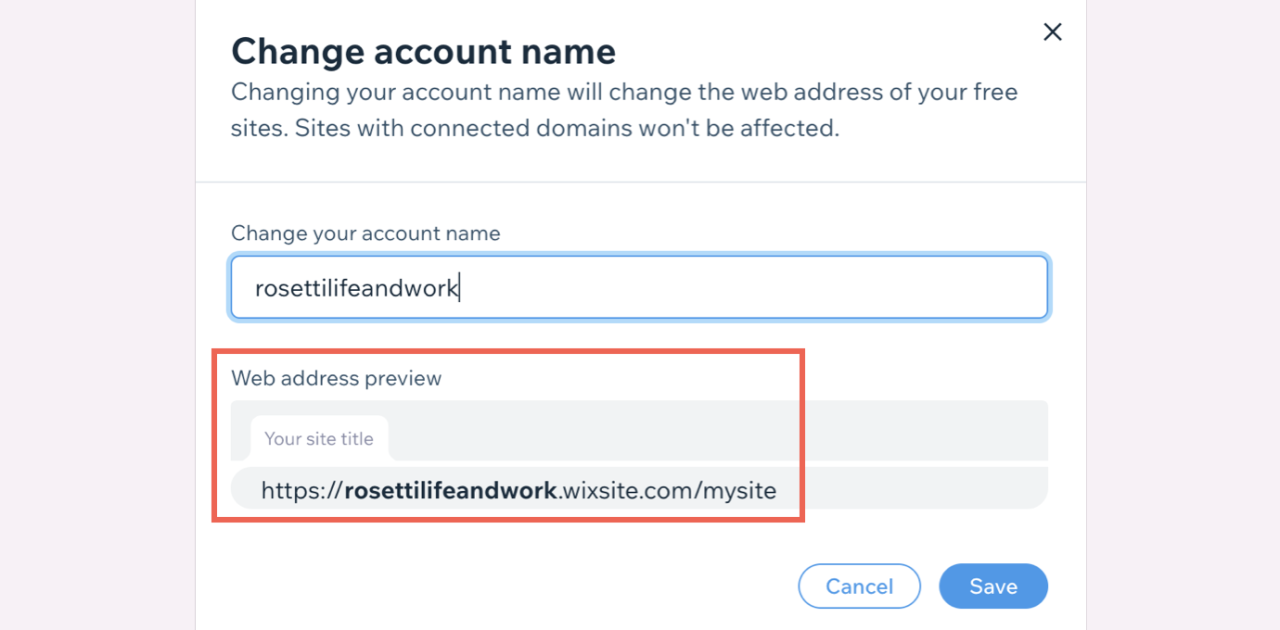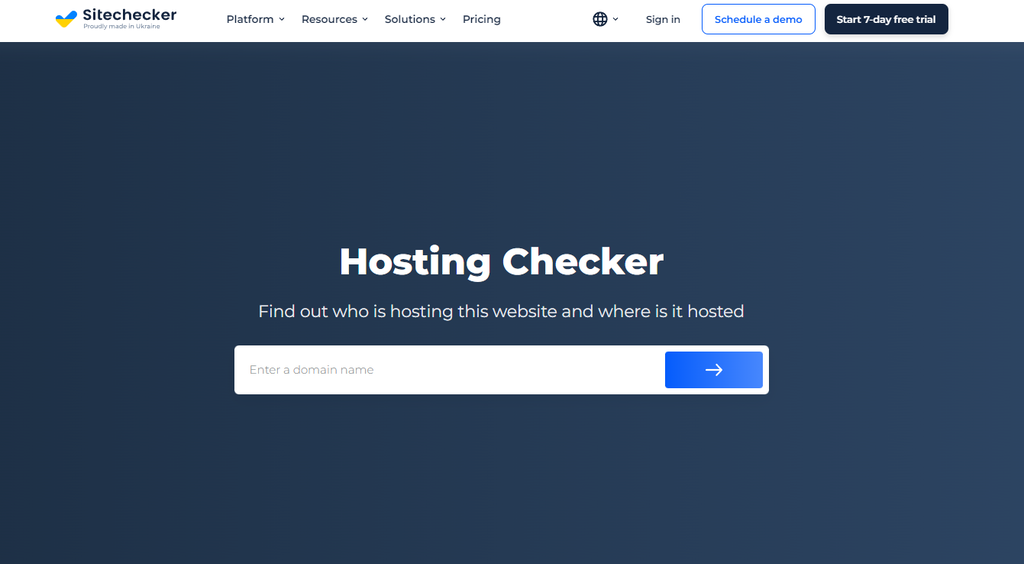Website server price sets the stage for this enthralling narrative, offering readers a glimpse into a story that is rich in detail and brimming with originality from the outset. Navigating the world of website hosting can feel like deciphering a complex code, but understanding server pricing is crucial for building a successful online presence. From the fundamental factors influencing server costs to the diverse hosting options available, this comprehensive guide will equip you with the knowledge to make informed decisions and optimize your budget.
This guide explores the multifaceted landscape of website server pricing, demystifying the intricacies of server costs and empowering you to make informed choices. We delve into the key factors that shape server pricing, including website traffic, server types, and resource allocation. Furthermore, we provide a comprehensive overview of different hosting options, their associated costs, and the pros and cons of each. From shared hosting to dedicated servers and cloud solutions, we explore the spectrum of choices available to meet your specific needs.
Understanding Website Server Pricing
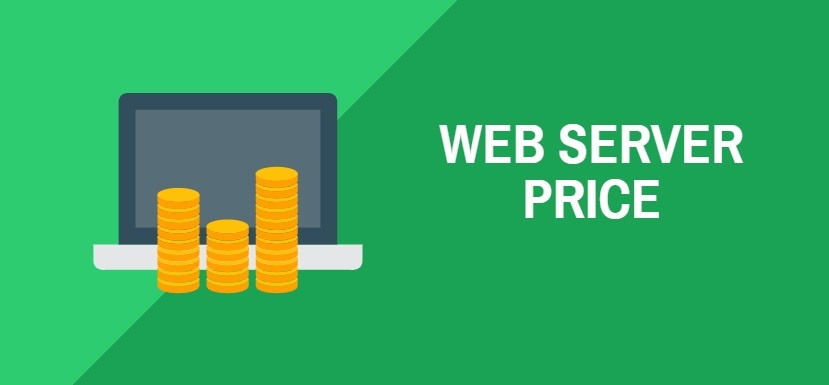
Choosing the right website server is crucial for your online presence. Understanding the factors that influence server pricing can help you make an informed decision and avoid unnecessary costs.
Website Traffic and Server Costs
Website traffic directly impacts server costs. The more visitors your website receives, the more resources your server needs to handle the increased demand. This translates to higher server costs.
- High traffic websites typically require more powerful servers with greater processing power, memory, and storage capacity to ensure smooth performance and avoid slow loading times.
- Low traffic websites can often get by with less powerful and less expensive servers, as the resource demands are lower.
For example, a popular e-commerce website with millions of daily visitors would require a much more robust server than a personal blog with a few hundred visitors per day.
Server Types and Pricing Structures
There are different types of website servers available, each with its own pricing structure.
- Shared Hosting: This is the most affordable option, where multiple websites share the same server resources. Pricing is typically based on a monthly subscription fee, with various plans offering different levels of storage, bandwidth, and other features.
- VPS Hosting: This provides more resources and control than shared hosting, with a dedicated portion of a server’s resources assigned to your website. Pricing is typically based on a monthly subscription fee, with different plans offering varying levels of CPU, RAM, and storage.
- Dedicated Hosting: This is the most expensive option, where you have an entire server dedicated to your website. Pricing is typically based on a monthly subscription fee, with different plans offering various server configurations and specifications.
- Cloud Hosting: This utilizes a network of servers to provide scalable resources. Pricing is typically based on a pay-as-you-go model, where you only pay for the resources you use.
The choice of server type depends on your website’s specific needs, traffic volume, and budget.
Key Server Features and Costs: Website Server Price
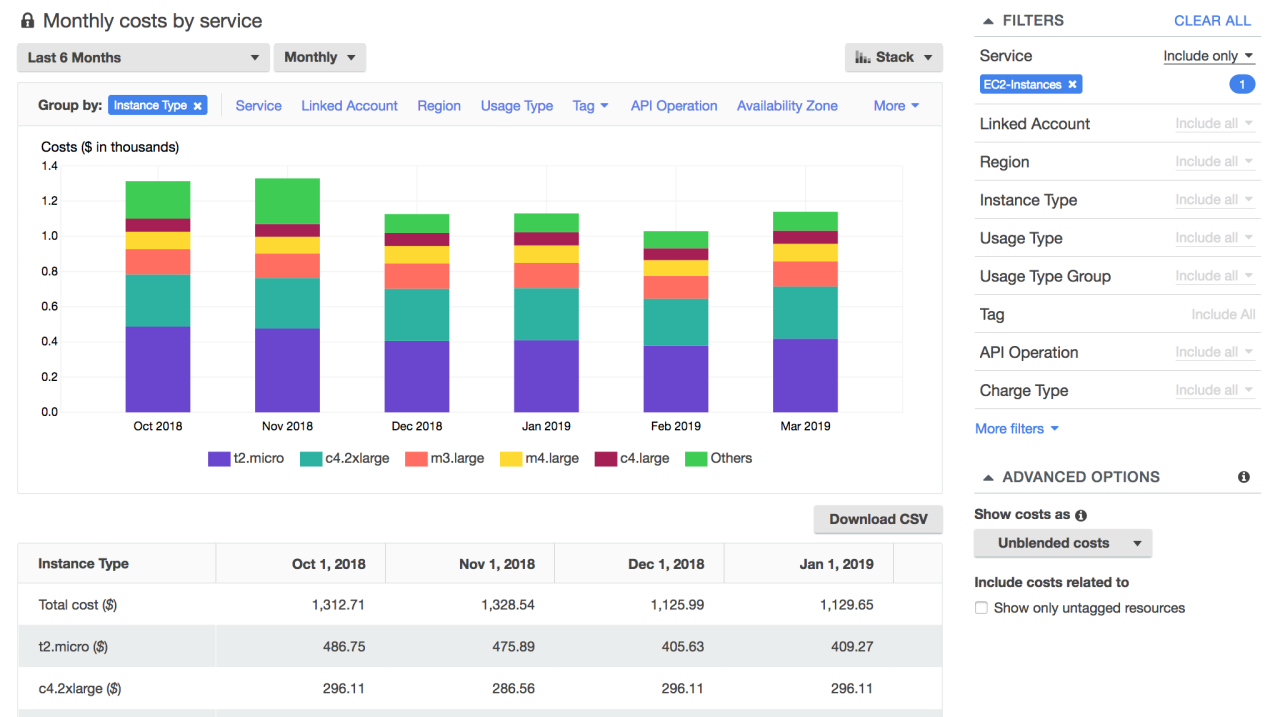
Understanding the cost of server resources is crucial for website owners. Choosing the right server configuration can significantly impact your website’s performance and budget. This section delves into the key server features, their associated costs, and how different resource configurations affect website performance and price.
CPU
The CPU, or central processing unit, is the brain of your server. It processes all the data and instructions that your website needs to function. A more powerful CPU can handle more requests simultaneously, leading to faster page loading times and improved user experience. However, more powerful CPUs come at a higher cost.
- Cost: CPU costs are typically measured in terms of cores and clock speed. More cores and higher clock speeds translate to a more powerful CPU and higher costs.
- Impact on Website Performance: A powerful CPU can significantly improve website performance, especially for websites with complex operations or high traffic. However, for simpler websites with low traffic, a less powerful CPU may be sufficient.
RAM
RAM, or random access memory, is the temporary storage space for your website’s data. When a user visits your website, the server loads the necessary data into RAM for quick access. More RAM allows the server to handle more requests simultaneously, reducing loading times and improving user experience. However, more RAM also means higher costs.
- Cost: RAM costs are typically measured in gigabytes (GB). More GBs translate to more RAM and higher costs.
- Impact on Website Performance: Sufficient RAM is essential for smooth website performance. If your website experiences frequent slowdowns or crashes, increasing RAM might be necessary. However, if your website has low traffic, a smaller amount of RAM may be sufficient.
Storage
Storage is the permanent space on your server where your website files are stored. This includes your website’s code, images, videos, and other content. The amount of storage you need depends on the size of your website and the amount of data you store.
- Cost: Storage costs are typically measured in gigabytes (GB) or terabytes (TB). More GBs or TBs translate to more storage space and higher costs.
- Impact on Website Performance: Storage space is crucial for website performance. If your website runs out of storage, it can lead to errors and slowdowns. However, if your website has low traffic and small file sizes, a smaller amount of storage may be sufficient.
Bandwidth
Bandwidth is the amount of data that can be transferred between your server and users’ computers. It determines how much data your website can handle at any given time. Higher bandwidth is essential for websites with high traffic or large files.
- Cost: Bandwidth costs are typically measured in gigabytes (GB) or terabytes (TB). More GBs or TBs translate to more bandwidth and higher costs.
- Impact on Website Performance: Insufficient bandwidth can lead to slow loading times, especially during peak traffic hours. Websites with large files, such as videos or images, require higher bandwidth. If your website experiences frequent slowdowns, increasing bandwidth might be necessary.
Optimizing Server Resources
Optimizing server resources is crucial for reducing costs and improving website performance.
- Choose the right server type: Different server types, such as shared hosting, VPS, and dedicated servers, offer varying levels of resources and cost. Choose a server type that best suits your website’s needs and budget.
- Optimize website code and content: Compressing images, minimizing code, and using a content delivery network (CDN) can reduce the amount of data transferred and improve loading times.
- Monitor server usage: Regularly monitor your server’s resource usage to identify areas where you can optimize and reduce costs. This can include analyzing traffic patterns, identifying bottlenecks, and scaling resources as needed.
Software and Application Costs
Beyond the physical hardware, you’ll need to factor in the cost of software and applications to run your website. These include operating systems, databases, and the website applications themselves. The costs can vary significantly depending on your needs and the chosen software.
Operating System Costs
Operating systems (OS) are the foundation of your server, managing hardware resources and providing a platform for your website to run. The cost of an OS depends on whether you choose an open-source or proprietary solution.
- Open-source OS, like Linux, are generally free to use, though support and maintenance costs can vary.
- Proprietary OS, like Windows Server, typically involve upfront licensing fees, with ongoing support and maintenance costs.
Database Costs
Databases are crucial for storing and managing your website’s data, such as user information, product catalogs, and content.
- Open-source databases, like MySQL and PostgreSQL, are free to use.
- Proprietary databases, like Oracle Database and Microsoft SQL Server, come with licensing fees.
Website Application Costs
The applications that power your website, such as content management systems (CMS), e-commerce platforms, and custom-built applications, also contribute to your overall costs.
- Open-source applications, like WordPress and Drupal, are free to download and use.
- Proprietary applications, like Shopify and Wix, often involve monthly or annual subscription fees.
Minimizing Software and Application Costs
There are several strategies to reduce software and application costs:
- Leverage open-source solutions: Open-source software is often free to use, offering significant cost savings.
- Explore cloud-based services: Cloud platforms like AWS, Azure, and Google Cloud offer flexible and cost-effective solutions for hosting your website and applications.
- Consider managed hosting: Managed hosting providers handle server maintenance and software updates, freeing you from these responsibilities and potential costs.
- Optimize your website for performance: A well-optimized website can reduce server resource consumption, leading to lower hosting costs.
- Negotiate with vendors: If you require proprietary software, negotiate with vendors for discounts or special pricing.
Maintenance and Support Costs
Beyond the initial purchase and setup, website servers require ongoing maintenance and support to ensure smooth operation, security, and optimal performance. These costs can vary significantly based on the complexity of your server infrastructure, the level of support you need, and the hosting provider you choose.
Server Maintenance Costs
Server maintenance encompasses a range of tasks designed to keep your website running smoothly. These tasks include:
- Software Updates: Regularly updating operating systems, applications, and security patches is crucial to protect against vulnerabilities and ensure compatibility.
- Hardware Monitoring: Monitoring server hardware components like CPU, RAM, and storage for potential issues like overheating or drive failures can prevent downtime and data loss.
- Backup and Recovery: Implementing regular backups of your website data and configuration files ensures that you can restore your website in case of a disaster or accidental data deletion.
- Performance Optimization: Regularly analyzing server performance and making adjustments to resource allocation and configuration can improve website speed and user experience.
These maintenance tasks can be handled in-house by a dedicated IT team or outsourced to a hosting provider.
Security Costs
Securing your website server against cyber threats is a critical aspect of maintenance.
- Firewall and Intrusion Detection: Implementing firewalls and intrusion detection systems (IDS) can prevent unauthorized access and detect malicious activity.
- Security Auditing: Regular security audits identify vulnerabilities and weaknesses in your server configuration and applications.
- Malware Scanning and Removal: Regularly scanning your server for malware and removing any detected threats is essential to prevent data breaches and website infections.
- SSL Certificates: Using Secure Sockets Layer (SSL) certificates encrypts data transmitted between your website and users, ensuring secure communication and protecting sensitive information.
Support Costs, Website server price
Hosting providers offer different levels of support to assist with server management and troubleshooting.
- Basic Support: This level typically includes email or ticketing support for basic server issues and account management.
- Advanced Support: Provides phone support, remote access for troubleshooting, and assistance with complex server configurations.
- Managed Support: Offers comprehensive server management, including proactive maintenance, security updates, and 24/7 monitoring.
Proactive Maintenance Practices
Proactive maintenance can significantly reduce overall server costs by preventing issues before they arise.
- Automated Updates: Configuring automated updates for operating systems and applications ensures that your server is always running the latest security patches.
- Performance Monitoring Tools: Utilizing performance monitoring tools can provide real-time insights into server resource usage, enabling proactive adjustments and optimization.
- Regular Backups: Implementing automated backups ensures that data is regularly backed up and can be restored quickly in case of an issue.
- Security Best Practices: Following security best practices, such as using strong passwords, limiting user access, and regularly updating software, can minimize the risk of security breaches.
Outcome Summary
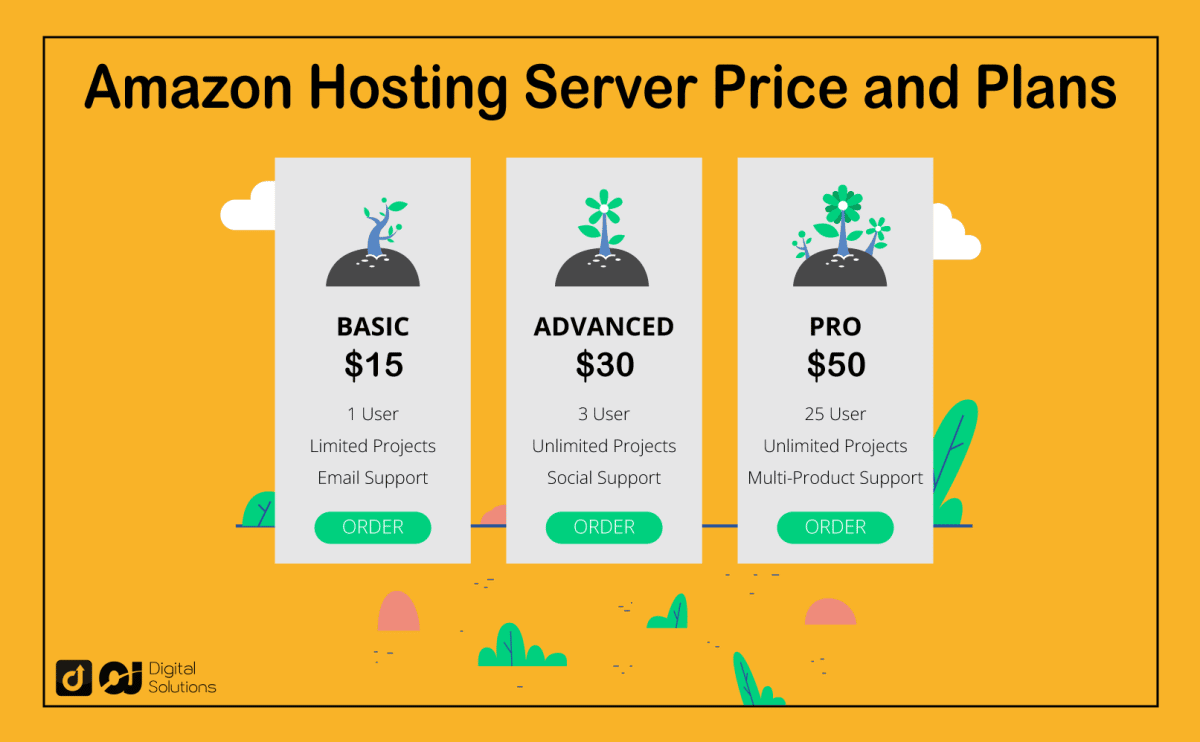
Armed with this knowledge, you can confidently navigate the complex world of website server pricing and make informed decisions to optimize your budget. By understanding the factors influencing server costs, exploring different hosting options, and employing cost-optimization strategies, you can create a robust and scalable online presence without breaking the bank. Remember, the key to success lies in a well-informed approach, a commitment to optimizing your resources, and a strategic plan for managing server costs as your website grows.

